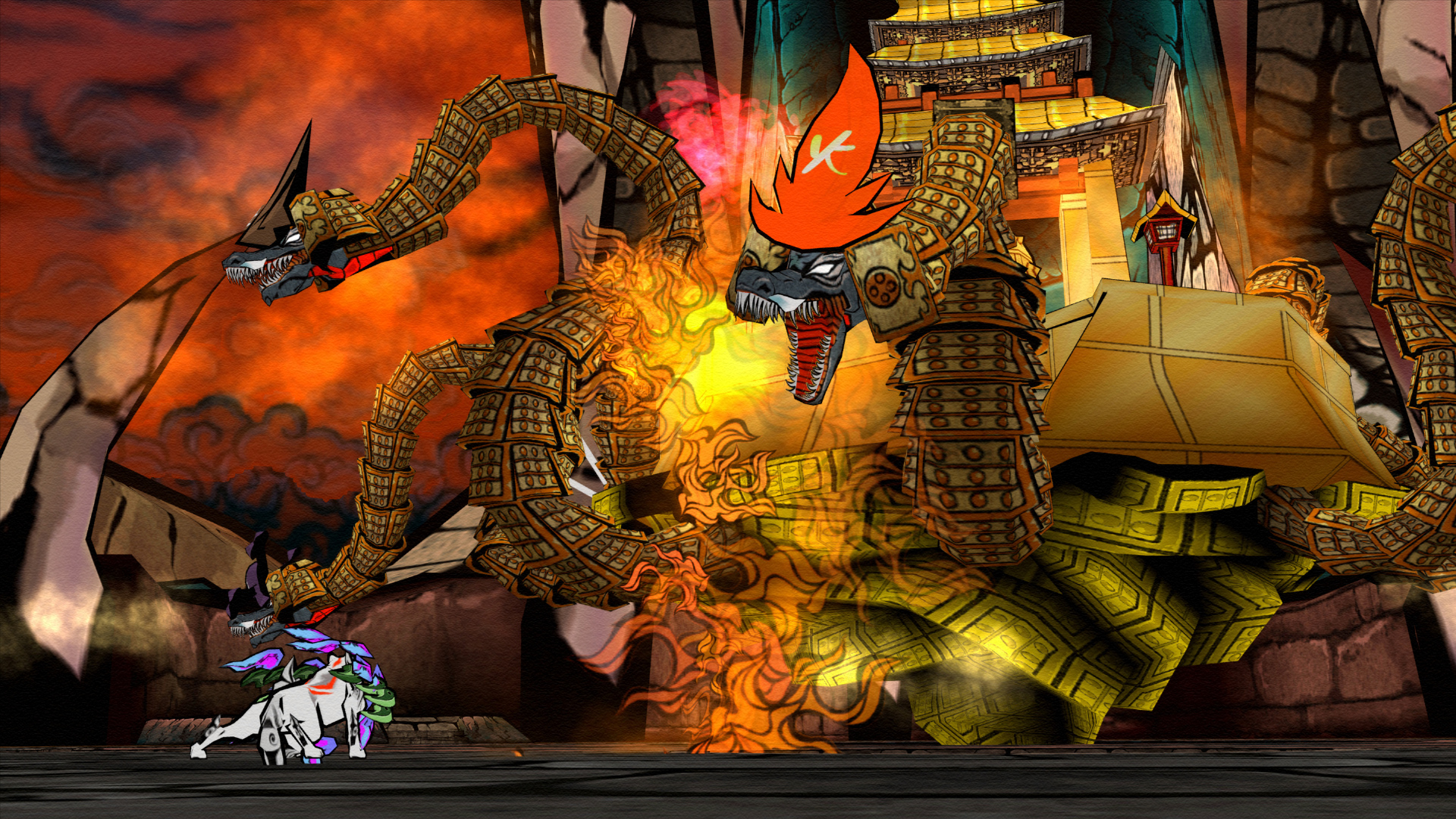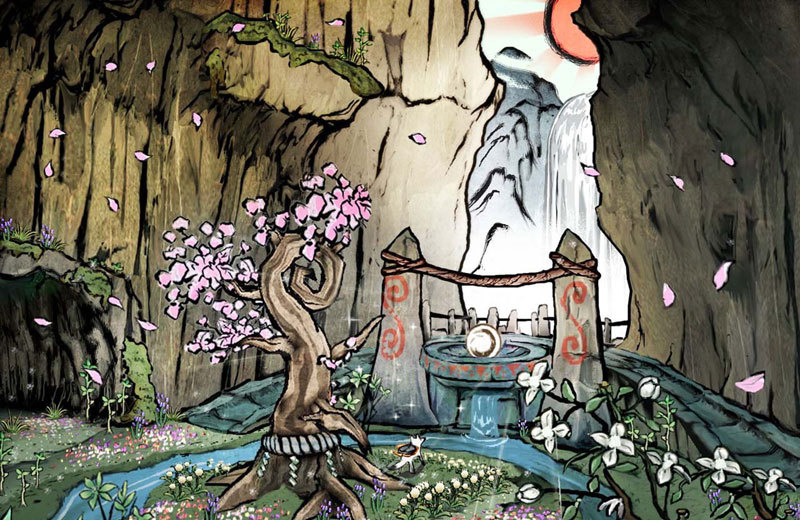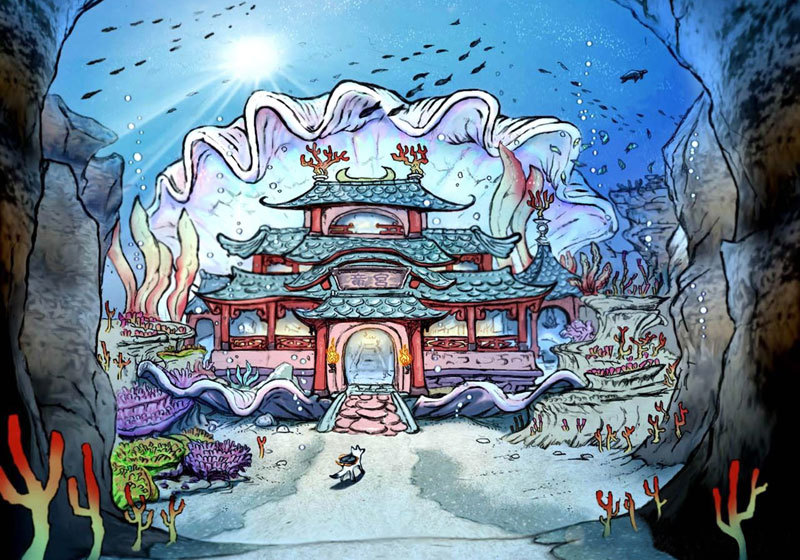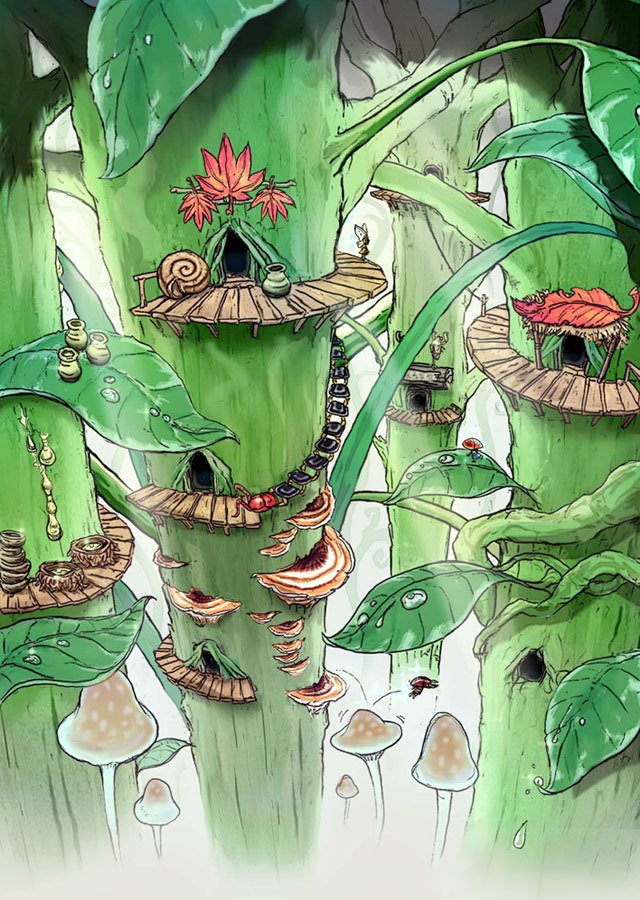 |
| Warning: Oodles of spoilers that will make you want to punch the wall next to you. |
Wolf Children (Alternatively titled Wolf Children Ame and Yuki) is a 2012 Japanese animated film directed and co-written by Mamoru Hosoda (Perhaps best known for The Girl Who Leapt Through Time and Summer Wars, this would be his sixth work to be theatrically released) and animated by Studio Chizu (Which was established upon the production of this film) and and good ol' Madhouse.
The film tells the story of a young woman named Hana who falls in love with a Wolf Man named Ookami (Hehehe…), who is revealed to be the only surviving descendant of the extinct Japanese wolf. And while this may all already seem pretty cliche (Especially when she so easily accepts and embraces his secret), this werewolf is thankfully not a complete dullard of a character and so a rather heartwarming development of their relationship is shown for the first part of the film.
 |
| Ohohohohohoho~ |
Buuut… as the title of the film suggests, the story actually focuses on these two little cuties.
 |
| It is after this really strange and heartbreaking death scene where the real story begins. |
It seems that Hana has one problem after another to deal with once Yuki and Ame comes into her life, seeing that they are definitely not going to be normal little kids, many precautions had to be taken in raising them properly (And seeing that they are practically freaks of nature of most of the human race, she obviously couldn't give birth to them at the hospital when she was pregnant with them, or take them for their shots or vaccinations).
 |
| It's worse than taking care of a litter of puppies on your own. |
After having to deal with annoyed neighbors and pushy social workers, Hana soon enough decides to move to the countryside with her children, purchasing an abandoned house that is rent free but requires tons of work (And once again she is more than willing to do it all on her own). While Hana no longer needs to worry about her kids disturbing the neighbors with their howling and crying or social workers suddenly dropping by unexpectedly, other problems soon come into play, particularly the raising of her children…
… Sorry if I made it sound like these three are suffering all their lives, because they are clearly not, like any normal family, despite the struggles they face, they still have their moments, and clearly, they deeply love one another.
 |
| I say Hana wins mother of the year. |
While this is definitely no fairytale, the struggles we see Hana go through for the sake of her children is heartwarming and all the same inspiring, from such a young age, she really was able to deal with an awful lot on her own (And again I feel contradicted since it also makes her a tad unrealistic). Never throughout the entire film did I actually see Hana ever blow up at anyone, not even her kids when they got out of line…
I always found the main character of the story of be a rather curious individual. While I do like her, for one who has to deal with so much in her life, she is an amazingly strong person who never breaks down no matter how hopeless the situation seems, especially once she is left on her own to deal with everything, which I find almost unrealistic in a way.
Another humorous aspect pointed out by someone is the fact that Hana is a nineteen-year-old university student with a good part-time job and has a nice apartment all to herself, which might seem unrealistic to a lot of us.
This is definitely a pretty unique take on the human falls in love with what is considered a mythological creature formula, there are just so many realistic elements put into the story that it makes one believe that this could all really take place in real life if werewolves secretly existed among us. While they are gifted with the ability to transform into wolves, they behave very much like humans, they don't try to act like these higher-than-thou outcasts that are seen in so many awful fantasy-romance novels these days.
Anime fans may find themselves familiar with the style used for this film, seeing as Mamoru Hosoda is also known for the first two Digimon Adventure films (That clearly use a very similar art style for its characters), and while I do like the characters designs… sometimes… however… at certain angles...
 |
| … those eyes and... |
 |
| … those muppet mouths bug me… but oh hey look at that gorgeous background. |
I mean, I don't think I saw such weird features designs from Summer Wars and The Girl Who Leapt Through Time.
Anyway, the background designs are nothing short of stunning, as seen above, the same designs can be effectively reused for the change of the seasons without having to draw that detailed house all over again (It's alright, really). The colors used are absolutely wonderful, with the right amount of vibrancy to still makes it all seem believable.
The recurring scene of Hana resting in a glowing field of flowers whenever she dreams (Though I think she was knocked out during one incident…) in my opinion remains one of the most beautiful and emotional moments in the film (It was perhaps her own brief form of escapism for when she needed some time to further strengthen herself before going back to deal with all the heart wrenching problems she faces in the real world).
If you hadn't noticed by now, this film seems to specialize in more nature/country-related environment designs (I mean the city designs are really nice too but… look, look at these).
It's obvious that most Japanese animated films these days are of the utmost quality, but its only right to still share with you all parts that especially caught my attention. Some of the best bits of animation in this film were its fluid if not discreet transformation sequences, their wolf transformations never truly do come off as dramatic as they should, even during Ookami's big revelation to Hana (It was more… romantic?).
And not only that, seeing as I am one to appreciate the little things, the animations for smaller details definitely did not escape me, I adore how delicately done their movements seem to be, they are never truly exaggerated and actually seem quite realistic. I especially like the way Hana's hair moves in the wind.
 |
| Even if there isn't any wind around, there's still some bounce seen in her hair! |
That wind blown hair is just… perfection. I tend to go all over the place when it comes to animating moving hair or clothing, so someday I hope to animate such details with extreme care in manner simile to this.
 |
| That transition... |
All I can say is that this film is absolutely beautiful, from start to finish, with absolutely stunning art direction, a heartwarming plot (That has apparently made many cry, from what I have learnt over the past few days researching into it… not me though, I suppose it was just one of those days...) with endearing and rather relatable characters, it is perhaps Hosoda's best work to date, it is no surprise why he has been considered the next Hayao Miyazaki, a must see, even for those that aren't big fans of anime.



















































